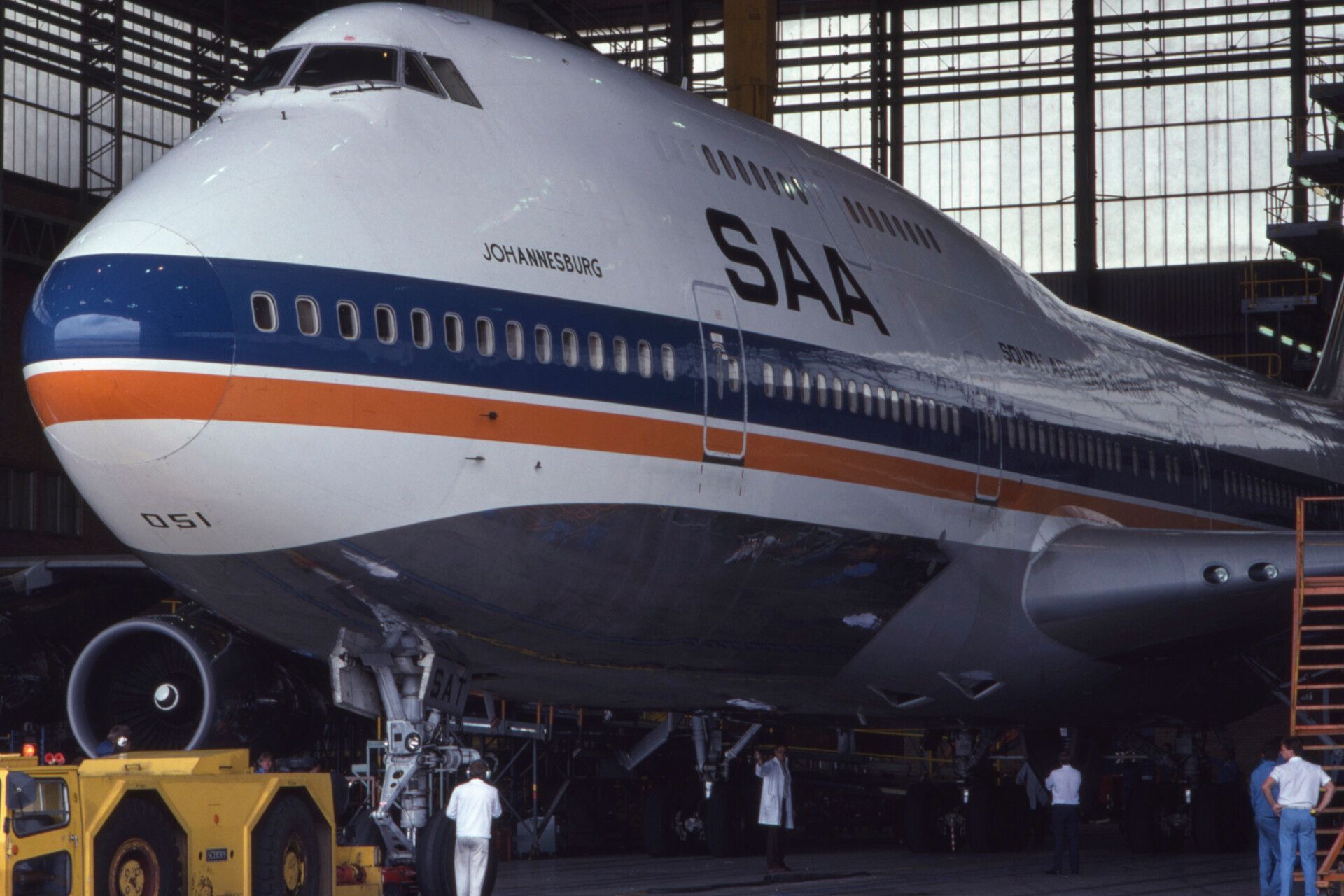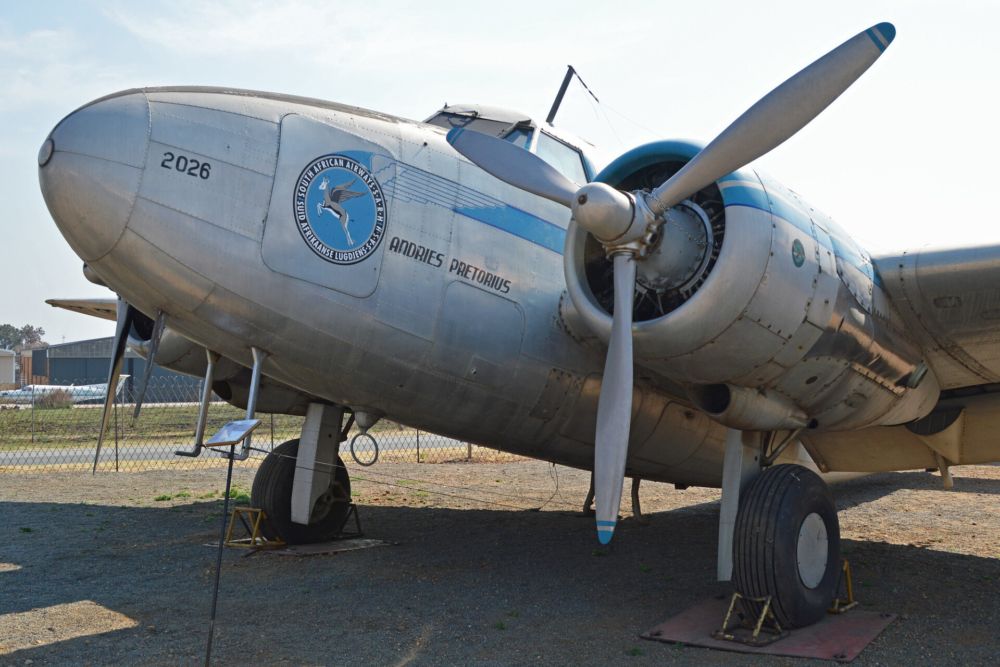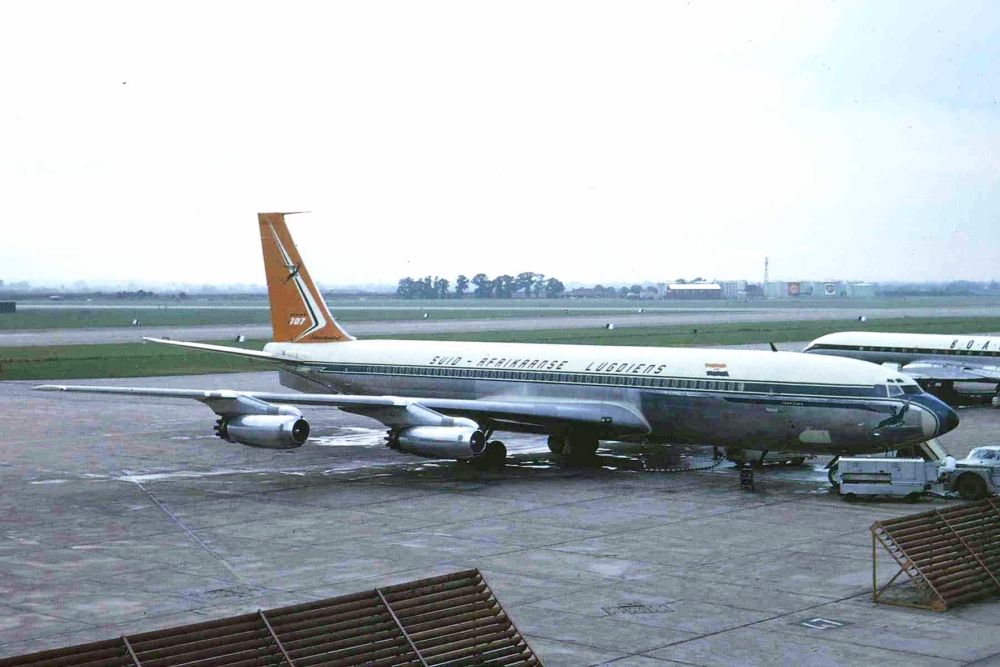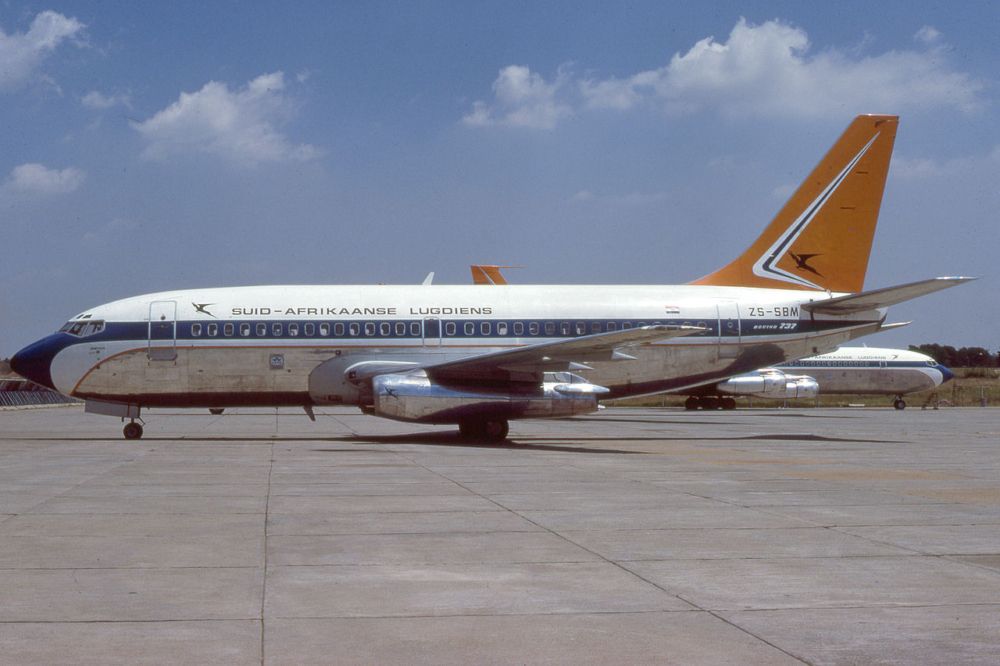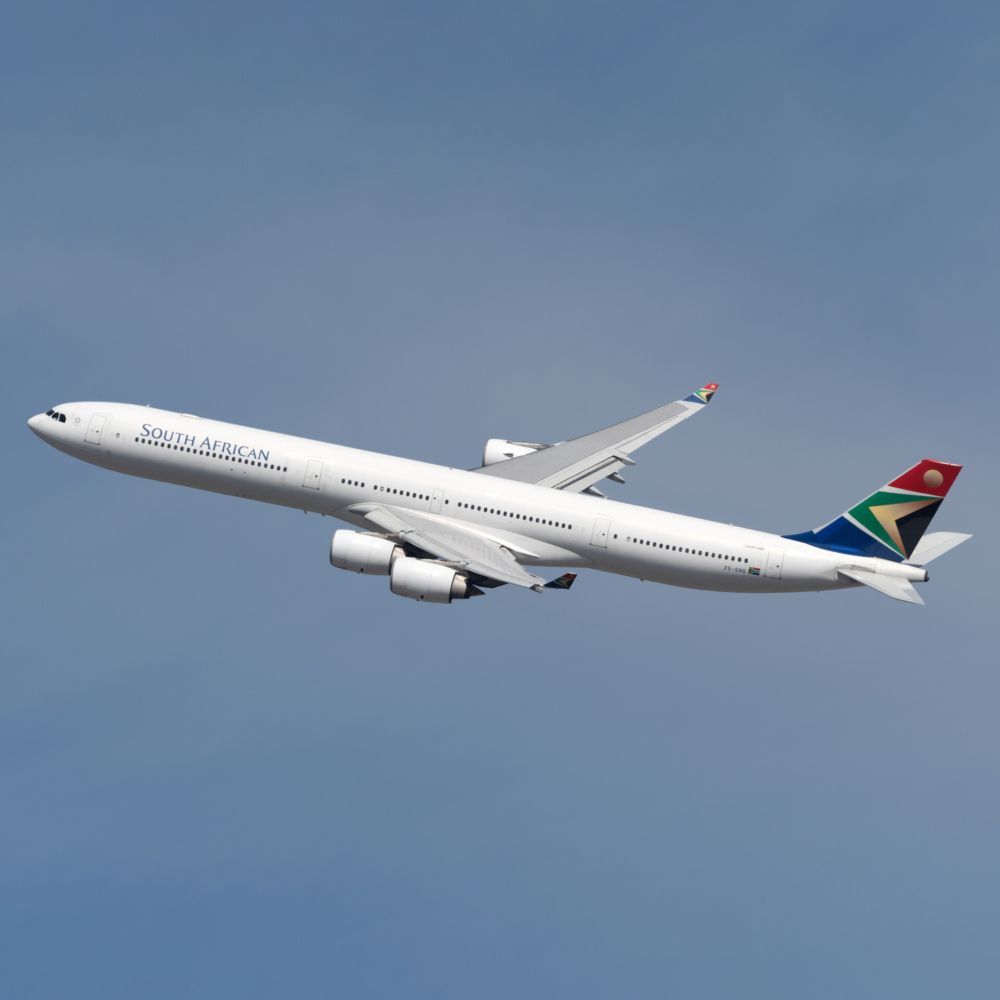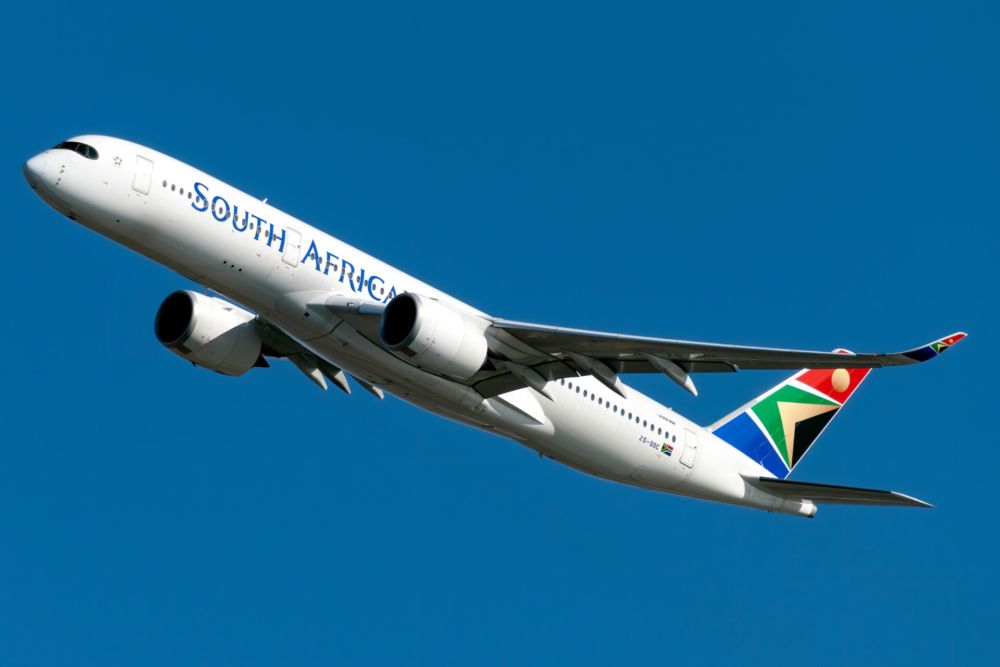South African Airways (SAA) has been South Africa's flag carrier since the 1930s. Over its nearly 90 years of history, the airline has grown from a small domestic carrier to a respected international full-service carrier operating some of aviation's largest jets. After coming back from the edge of bankruptcy, the airline is looking to rebuild and launch itself from a position of stability.
With its first flight taking place in February 1934, South African Airways began as a state-owned airline that took over the operations of Union Airways. As early as the 1940s, the airline offered intercontinental services and has been consistently doing so since then- even operating aircraft such as the mighty Boeing 747 and the Airbus A340. In recent times, however, SAA has faced financial challenges, leading to an intensive business restructuring process that began in 2019.
The early years
Beginning operations on February 1st, 1934, South Africa Airways was a government-backed airline managed by the country's Railways and Harbour administration. The airline introduced the Junkers Ju 52/3m on November 1st of that year for domestic services and steadily acquired more aircraft throughout the decade. Types included the Junkers Ju 86s and the Douglas DC-3.
Between the 1940s and 1960s, the airline would go on to adopt the Lockheed Constellation L-749A, Lockheed Lodestar, Douglas DC-7B, and the Vickers Viscount. Indeed, as aircraft reliability improved, SAA introduced its signature Springbok intercontinental service in November of 1945. This route would see the airline operate a 34-hour multi-stop service from Palmietfontein to Nairobi, Khartoum, Cairo, Castel Benito, and Bournemouth.
The airline also notes that it offered inflight entertainment early in its history, as domestic service between Johannesburg and Cape Town even featured a cinema.
The jet age
Entering the jet age, the airline would take on the Boeing 707, operating direct services to further away destinations. This included a Johannesburg to Rio de Janeiro service that first began in 1968.
Soon enough, the Boeing 747 would enter service with SAA. For the airline, its first "Queen of the Skies" would come in 1971 and be registered as ZS-SAN with the nickname 'Lebombo.' Five years later, the airline would go on to take delivery of its first Airbus A300 aircraft in 1976, named 'Blesbok' and registered ZS-SDA. The national carrier would go on to operate a total of 28 747s across four variants, and nine A300s across two variants.
Of the more exciting services operated by SAA, March 23rd, 1976 would see one of its Boeing 747SPs set a record for the longest non-stop commercial flight for connecting Seattle to Cape Town, a distance of 16,560km. This flight was 17 hours and 22 minutes in duration. The following year, SAA would connect South Africa to Australia with a 747SP service between Johannesburg and Sydney.
The 80s and 90s
The 1980s would be a tumultuous year for South African Airways and the country of South Africa as a whole as unrest intensified over government apartheid policies. Economic sanctions would be imposed on South Africa while foreign companies doing business in the country would experience pressure in their home countries to divest.
The November 1986 suspension of SAA's flights from Johannesburg to New York would result from these sanctions. The USA withdrew its landing rights in South Africa, and the Australian government would do the same the following year.
With most sanctions repealed in 1991, SAA's flights to New York and Australia could resume. SAA, in the post-apartheid era, would see multi-lingual greetings on its domestic flights. Languages included English, Zulu, Sotho, and Afrikaans.
The airline's most significant shift, in a visual sense, took place on March 22nd, 1997. On this date, SAA unveiled a new corporate identity. Replacing the orange tail, dark blue cheatline, and Flying Springbok logo would be an identity designed to reflect the colors of South Africa's new national flag: red, blue, gold, black and green.
Fleet renewal and the 2000s
South African Airways would embark on a major fleet renewal program in the 2000s. In doing so, the carrier selected European planemaker Airbus as its supplier. A massive order for 41 new aircraft valued at US$3.5 billion would be placed. This consisted of A319s, A330s, and A340s.
In terms of partnerships, SAA's induction into the Star Alliance would be one of its most significant moves. This took place in April of 2006 and would see the airline create two Star Alliance branded aircraft as per alliance requirements. These special-livery jets would be a 737-800 and an Airbus A340-600.
Amid this fleet renewal and development, and throughout subsequent decades, SAA would see an increase in competition from major international airlines, including from Emirates and even fellow Star Alliance member Ethiopian Airlines. Going as far back as domestic market deregulation in the 1990s, SAA would continue losing market share over the decades- a trend that would continue up until its 2019 business rescue.
2019: Pushed to the edge
After years of struggling to make a profit, South African Airways was placed under administration, ceasing all operations in December 2019. The airline was placed under a form of bankruptcy protection called a "business rescue," which would see appointed business experts work to pay off debts, raise cash (by selling off assets), reduce airline costs, and restructure operations towards profitability.
It was just a couple of months later that South Africa and the world would be confronted by the global health crisis. Perhaps coming at the best possible time (if there is such a thing), SAA's business rescue process overlapped significantly with travel restrictions and border closures.
Notable moves during this business rescue process included the removal of the airline's Airbus A340-300s, the sale of everything from premium crew luggage to chopsticks, and the return of the airline's leased Airbus A350s.
After around 17 months of bankruptcy protection to deal with its financial situation, SAA received R7.8 billion ($537.87 million) from the government.
Resuming operations in late September 2021, the airline has a much smaller fleet consisting of the following aircraft:
- 3x Airbus A319
- 2x Airbus A320
- 1x Airbus A330-300
- 2x Airbus A340-600
With a new strategy and a new operational structure, it remains to be seen if South African Airways will be able to successfully turn a profit and compete in this highly competitive space.

